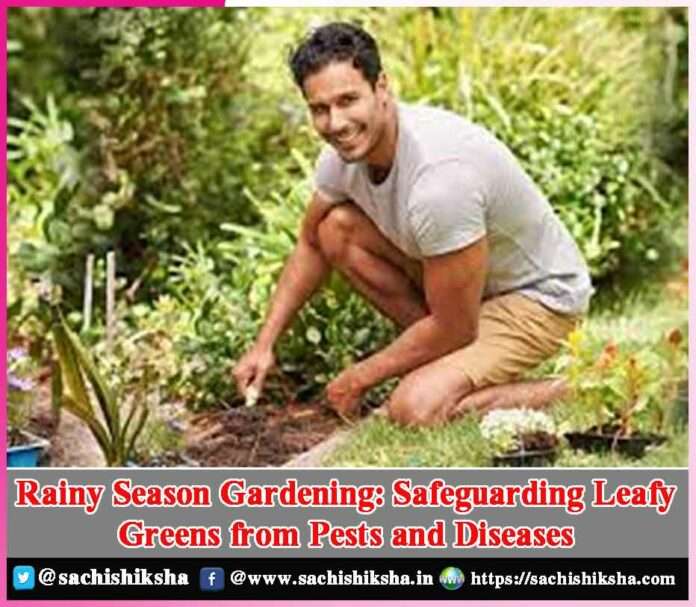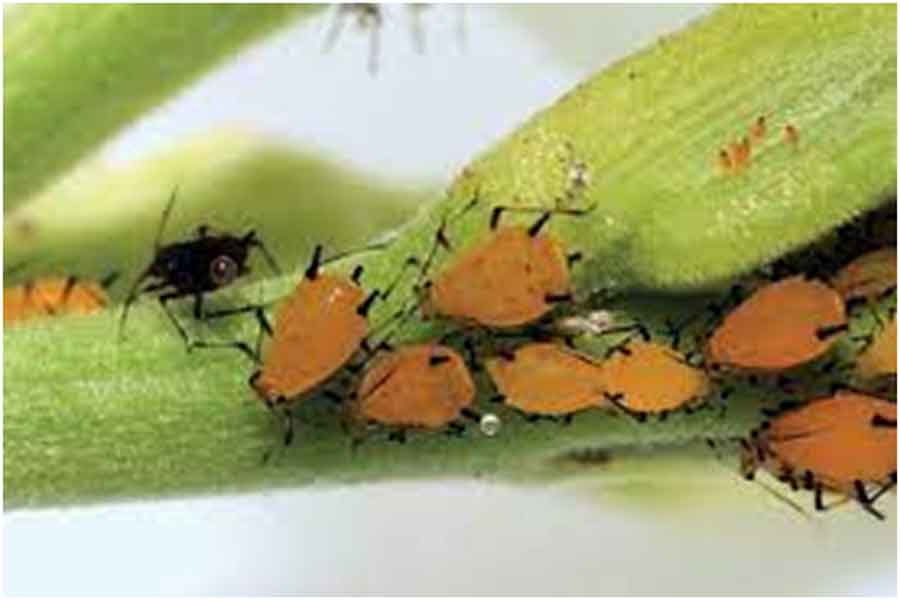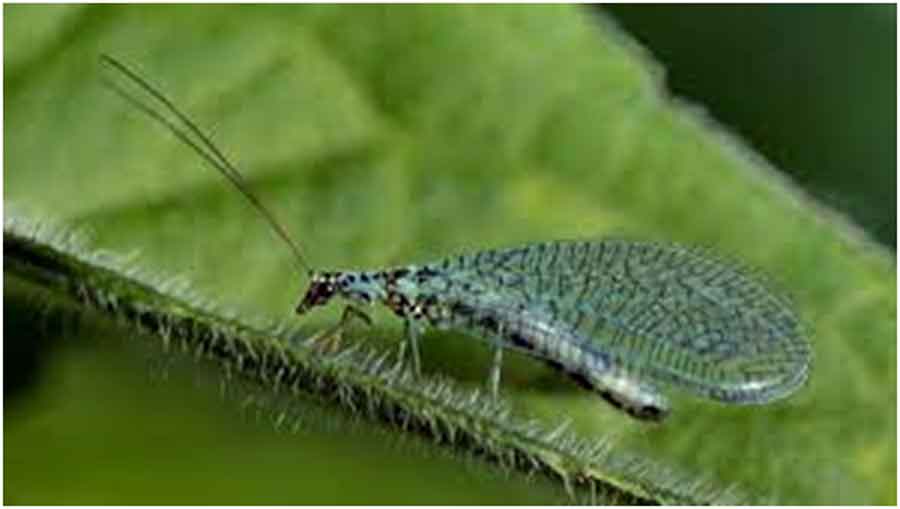Rainy Season Gardening: Safeguarding Leafy Greens from Pests and Diseases
Introduction:
As the earth is bathed in the soothing rhythm of raindrops and nature awakens to a vibrant green, gardeners embark on a unique journey during the rainy season. This period of rejuvenation, characterized by the gentle patter of rain and the aroma of wet soil, presents both opportunities and challenges for cultivating leafy greens.
Leafy greens, known for their crisp textures and vibrant flavors, flourish in the cool and moist environment that the rainy season brings. However, this season also opens the door to a host of potential pests and diseases that can threaten the health and vitality of these cherished crops.
Navigating the delicate balance between harnessing the benefits of rainwater and shielding leafy greens from harm requires a keen understanding of preventive strategies and prudent management practices. In this exploration, we delve into the realm of rainy season gardening, unveiling the art of safeguarding leafy greens from the lurking threats of pests and diseases.
Also Read:-
- Chirping Birds – A Soothing Music: Relaxing Nature Sounds – Great For Relaxation, Stress and Anxiety
- Bird Watching to Soothe Your Soul
Table of Contents
The Blessing and the Curse of Rainy Season Gardening:
The rainy season offers a natural irrigation system that reduces the need for manual watering and supports robust plant growth. Leafy greens including Swiss chard, lettuce, spinach, and kale thrive in the cooler and moister conditions brought about by rain. However, the increased humidity and standing water can produce a climate that is conducive for diseases as well as pests that might ruin your vegetation.
Identifying Common Rainy Season Pests and Diseases:
Before delving into prevention and control strategies, it’s essential to familiarize yourself with some of the common pests and diseases that can affect leafy greens during the rainy season:
- Aphids: These small, soft-bodied insects feed on plant juices and can quickly multiply, causing leaf distortion and stunted growth.
- Slugs and Snails: These mollusks are particularly active in damp conditions, leaving behind holes in leaves and a slimy trail.
- Fungal Diseases: Dampness promotes the growth of various fungi, including powdery mildew, downy mildew, and leaf spot diseases, which can lead to leaf yellowing, browning, and wilting.
- Bacterial Diseases: Rainwater can spread bacterial pathogens that cause diseases like bacterial leaf spot, resulting in lesions and rotting leaves.
Preventive Measures:
- Site Selection and Soil Preparation: Choose a well-draining site for your garden to prevent waterlogging. Proper soil preparation, including adding organic matter and improving drainage, can reduce the risk of disease development.
- Crop Rotation: Rotate your leafy greens annually to disrupt pest and disease cycles. Avoid planting the same crop in the same location year after year.
- Healthy Seedlings and Planting: Start with healthy seedlings and plants. Transplant seedlings with care, ensuring they are not stressed during the process.
- Spacing: Proper spacing between plants allows for adequate air circulation, reducing humidity levels and preventing the buildup of moisture on leaves.
- Mulching: Around plants, spread a layer of organic mulch to prevent soil splashing onto leaves, which can harbor disease pathogens.
- Water Management: While rain provides natural irrigation, be cautious not to overwater. To limit leaf moisture and lower the danger of illness, use drip watering or soaker hoses.
Integrated Pest Management (IPM) Strategies:
- Hand Picking: Regularly inspect your garden for pests like slugs and snails. Handpick them off plants and dispose of them properly.
- Beneficial Insects: Introduce natural predators like ladybugs, lacewings, and parasitic wasps to control aphid populations.
- Neem Oil and Soap Sprays: Use neem oil or insecticidal soap sprays to deter and control pests. These natural remedies are less harmful to beneficial insects.
- Cultural Practices: Prune and remove infected leaves promptly to prevent the spread of diseases. Sanitize your gardening tools between uses to avoid cross-contamination.
Disease Management:
- Fungicides: In severe cases of fungal diseases, consider using organic fungicides. Copper-based sprays can help manage fungal infections.
- Resistant Varieties: Opt for disease-resistant varieties of leafy greens when possible. These varieties been bred to withstand specific pests and diseases.
- Proper Air Circulation: Trim neighboring plants that might be blocking air circulation and sunlight, as this can help lower humidity levels and prevent disease.
In the symphony of seasons, the rainy period offers a melodious interlude that nourishes the earth and stirs the soul of every gardener. As we bring our journey through rainy season gardening to a close, it becomes evident that while rain bestows life-giving moisture upon our leafy greens, it also presents challenges in the form of pests and diseases. Through the tapestry of strategies woven together – from diligent preventive measures to the artful deployment of integrated pest management techniques – we’ve discovered the means to ensure the resilience and vitality of our cherished crops.
As we watch raindrops bead upon the leaves and see our efforts take root, we are reminded that gardening, like life, demands a delicate equilibrium. The dance between rain and sunlight, growth and protection, echoes the larger rhythm of nature itself. Armed with knowledge and armed with care, we venture into our gardens with renewed purpose during the rainy season. With each nurturing touch, each watchful eye, and each well-timed intervention, we craft a haven where leafy greens thrive in the face of adversity.
Conclusion:
In the end, rainy season gardening teaches us not only about cultivating plants but also about our connection with the natural world. It underscores the delicate balance we must maintain, respecting the cycles of growth, decay, and renewal. As the rain subsides and the sun reclaims its prominence, the legacy of our efforts will be seen in the robust leaves, the vibrant hues, and the nourishing harvest we reap.
The journey of safeguarding the leafy greens from pests and diseases during the rainy season is a testament to the human spirit’s ability to harmonize with the elements, fostering life’s beauty even amid challenges.


















































